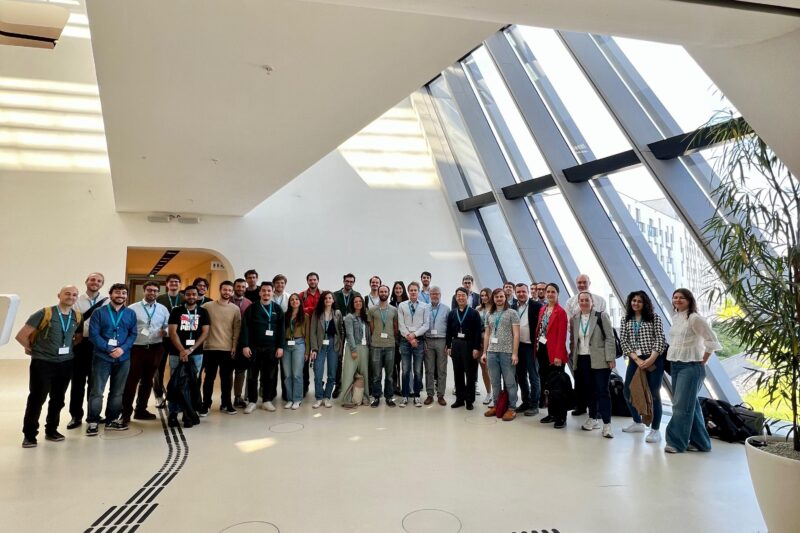
Economy in the Austrian Provinces Recovers Rapidly After Setbacks
A WIFO flash estimate of the regional development of real gross value added shows a fairly uniform development in the eastern and southern regions for the first half year of 2021. By contrast, development in the western region was much more heterogeneous. Upper Austria benefitted from the high export momentum in the metal industry as well as in automotive and mechanical engineering, recording particularly high growth rates (+7.6 percent). Due to the lockdown-related total loss of winter tourism in 2020-21, the provinces of Salzburg and Tyrol showed negative growth rates.
Tourism: the Winter setback was followed by a summer peak
However, the development of overnight stays in the last summer season shows a rapid recovery of the Austrian tourism industry: with a total of 66.4 million, the number of overnight stays was only 15.9 percent below the previous peak of summer 2019. Once again, domestic tourism proved to be the economic driver, but the number of overnight stays by international guests also increased significantly.
Not all regions benefitted from this recovery to the same extent: the number of overnight stays in Vienna and in Lower Austria remained well below the pre-crisis level of 2019. The dependence on business and conference tourism as well as guests from more distant markets had a particularly negative impact here. The provinces specialising in domestic tourism, first and foremost Burgenland, but also Styria, deserve special mention.
Continued strong sales momentum in manufacturing
Growth in industrial production is regionally very broadly based. In almost all of Austria's provinces, sales of industrial production were significantly above both the previous year's level and the pre-crisis level. Nationwide, the (nominal) growth in the third quarter of 2021 was 17 percent compared to 2020 and 10 percent compared to 2019. Metal production and the manufacture of metal products as well as machinery and equipment flourished in almost all provinces, and the timber industry also benefitted from the current raw materials boom and contributed particularly strongly to the increase in sales.
Further easing on regional labour markets despite lockdowns
The economic recovery is also reflected in the labour market. For example, the number of actively employed persons rose by 2.7 percent year-on-year in the third quarter of 2021, following a drop of 1.4 percent in the third quarter of 2020. At the same time, the number of unemployed fell by 24.0 percent (third quarter of 2020 +34.0 percent).
For the fourth quarter of 2021, there was a further acceleration in employment growth (+3.6 percent) despite the lockdown, and unemployment also fell even more sharply in the fourth quarter at 26.0 percent. The reason for the recent easing on the labour market is the significant recovery in winter tourism in 2021-22, which also results in a clear west-east divide within Austria: in the tourism-intensive provinces of the western region, employment is growing fastest, and unemployment is falling fastest. A rebounding part-time employment rate and the declining share of home office workers also suggest that the economy is slowly returning to its pre-crisis pattern. However, older workers continue to face the greatest problems in their (re-)integration into the labour market.
























